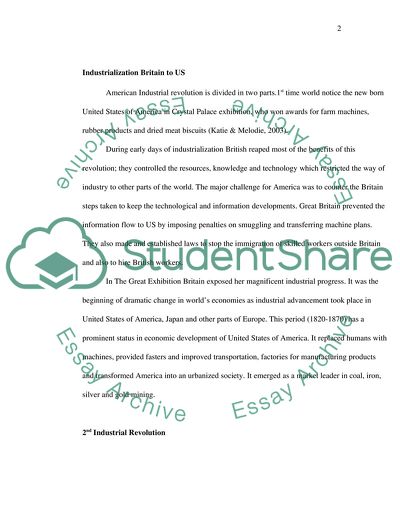Cite this document
(American History: How Business Has Affected the Economy over the Years Term Paper, n.d.)
American History: How Business Has Affected the Economy over the Years Term Paper. Retrieved from https://studentshare.org/history/1720454-american-history-how-business-has-affected-the-economy-over-the-years
American History: How Business Has Affected the Economy over the Years Term Paper. Retrieved from https://studentshare.org/history/1720454-american-history-how-business-has-affected-the-economy-over-the-years
(American History: How Business Has Affected the Economy over the Years Term Paper)
American History: How Business Has Affected the Economy over the Years Term Paper. https://studentshare.org/history/1720454-american-history-how-business-has-affected-the-economy-over-the-years.
American History: How Business Has Affected the Economy over the Years Term Paper. https://studentshare.org/history/1720454-american-history-how-business-has-affected-the-economy-over-the-years.
“American History: How Business Has Affected the Economy over the Years Term Paper”, n.d. https://studentshare.org/history/1720454-american-history-how-business-has-affected-the-economy-over-the-years.


